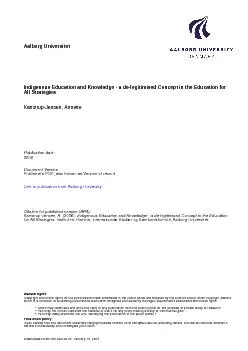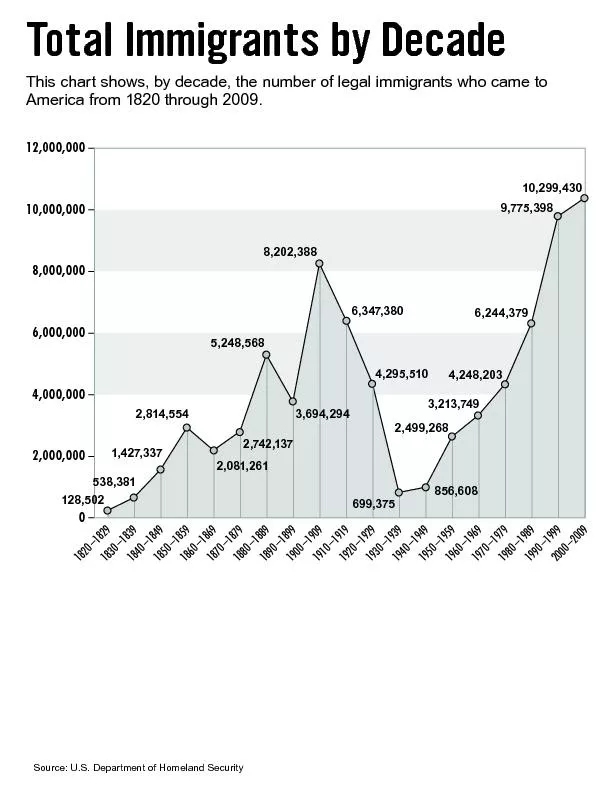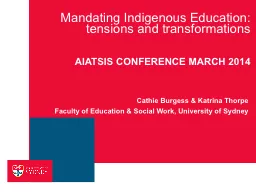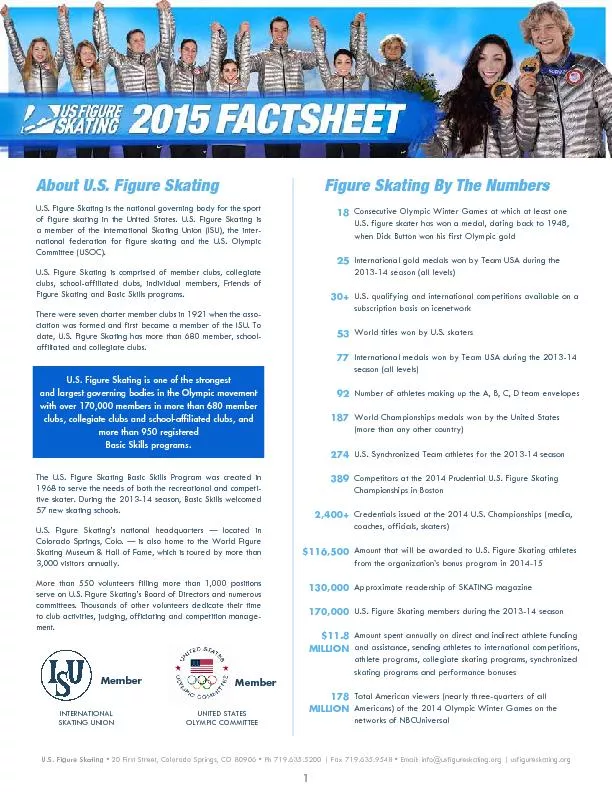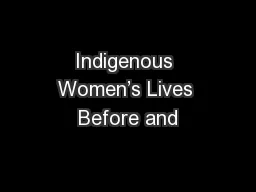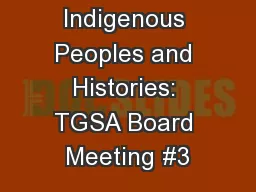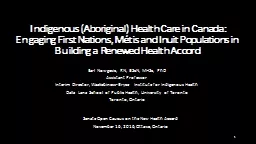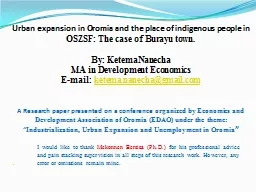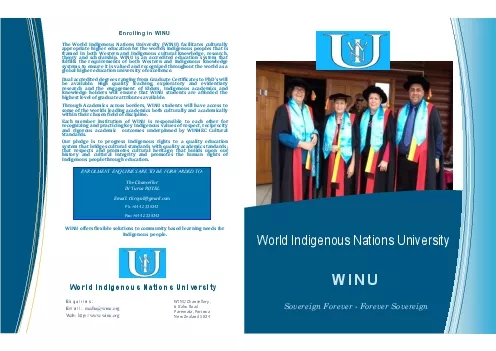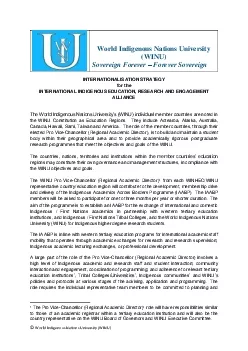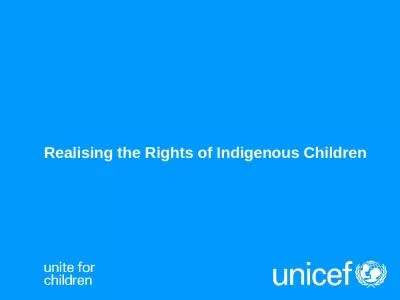PDF-Indigenous Education and Knowlegde – a de-legitimised Concept in
Author : karlyn-bohler | Published Date : 2015-08-24
for All Strategies Annette KanstrupJensen DEVELOPMENT RESEARCH SERIES RESEARCH CENTER ON DEVELOPMENT AND INTERNATIONAL RELATIONS DIR WORKING PAPER NO 136 INSTITUTE
Presentation Embed Code
Download Presentation
Download Presentation The PPT/PDF document "Indigenous Education and Knowlegde –..." is the property of its rightful owner. Permission is granted to download and print the materials on this website for personal, non-commercial use only, and to display it on your personal computer provided you do not modify the materials and that you retain all copyright notices contained in the materials. By downloading content from our website, you accept the terms of this agreement.
Indigenous Education and Knowlegde – a de-legitimised Concept in: Transcript
Download Rules Of Document
"Indigenous Education and Knowlegde – a de-legitimised Concept in"The content belongs to its owner. You may download and print it for personal use, without modification, and keep all copyright notices. By downloading, you agree to these terms.
Related Documents

